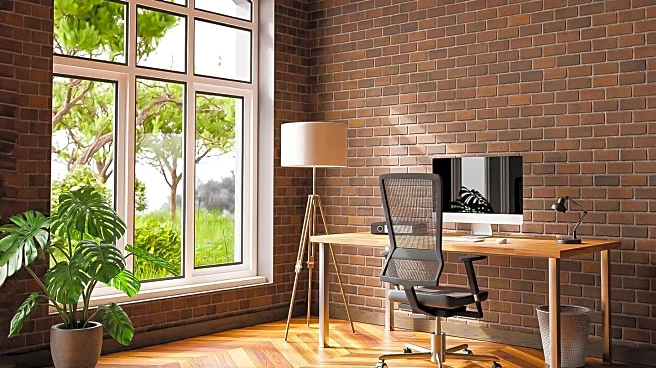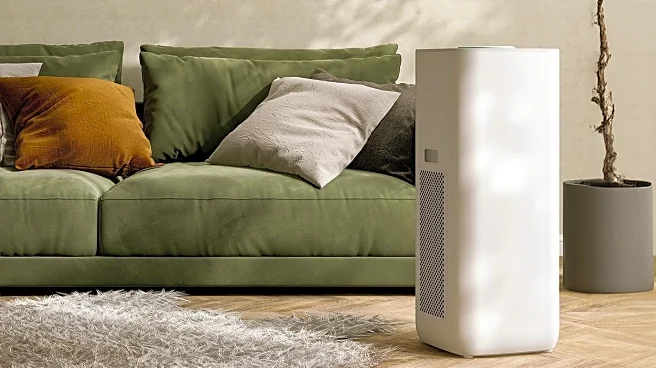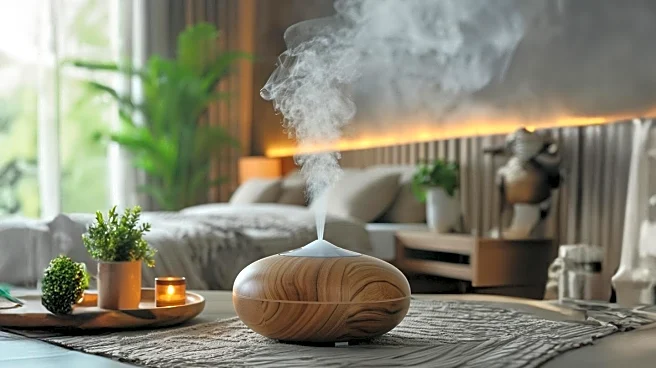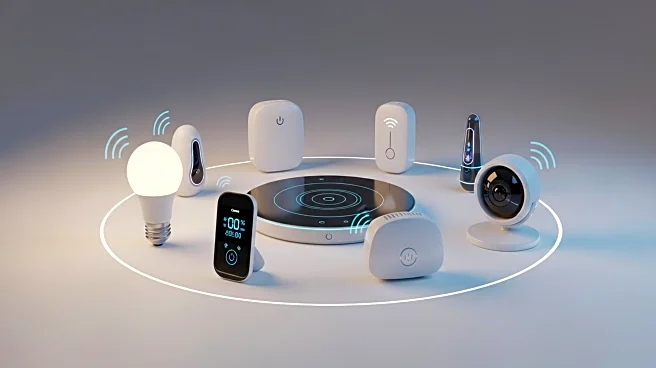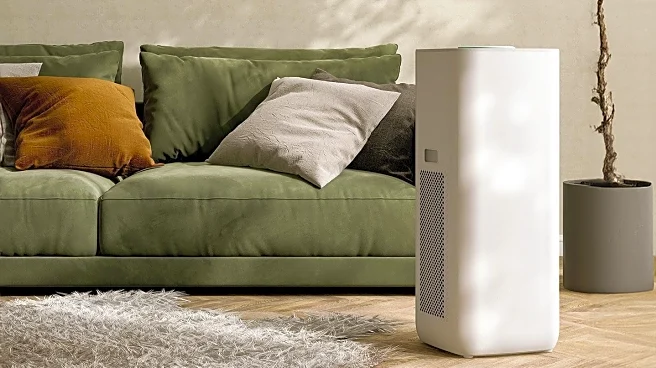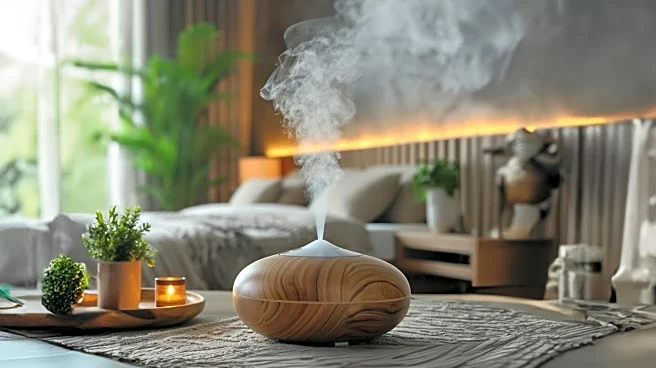What's Happening?
Indoor air quality is increasingly becoming a concern as homes are built with tighter energy efficiency standards, according to experts. Michael Rubino, founder of HomeCleanse, and other specialists have pointed out that indoor air can be significantly more polluted than outdoor air, leading to health issues such as headaches, allergies, and asthma. The HVAC systems, which are meant to circulate air, can become sources of mold and dust if not properly maintained. Additionally, common household activities and items, such as cooking, cleaning supplies, and even air fresheners, contribute to indoor air pollution. Experts suggest using air purifiers, maintaining HVAC systems, and opting for low-VOC cleaning products to improve air quality.
Why It's Important?
The significance of this issue lies in the potential health impacts on residents, as poor indoor air quality can exacerbate respiratory conditions and other health problems. As homes become more energy-efficient, the lack of airflow can trap pollutants indoors, making it crucial for homeowners to be aware of and address these issues. The push for net-zero energy efficiency, while beneficial for reducing energy consumption, may inadvertently lead to health risks if indoor air quality is not managed properly. This situation highlights the need for a balanced approach to building design that considers both energy efficiency and air quality.
What's Next?
Homeowners and builders may need to adopt new strategies to ensure good indoor air quality while maintaining energy efficiency. This could involve regular maintenance of HVAC systems, using high-efficiency air filters, and incorporating natural ventilation solutions. Additionally, there may be increased demand for air quality monitoring devices and air purifiers as awareness of the issue grows. Policymakers might also consider updating building codes to address these concerns, ensuring that energy-efficient homes do not compromise on air quality.
Beyond the Headlines
The focus on indoor air quality also raises ethical considerations regarding the responsibility of builders and manufacturers to ensure safe living environments. As consumers become more aware of the potential health risks, there may be a shift in market demand towards products and building practices that prioritize air quality. This could lead to innovations in building materials and home appliances designed to minimize indoor pollution.
